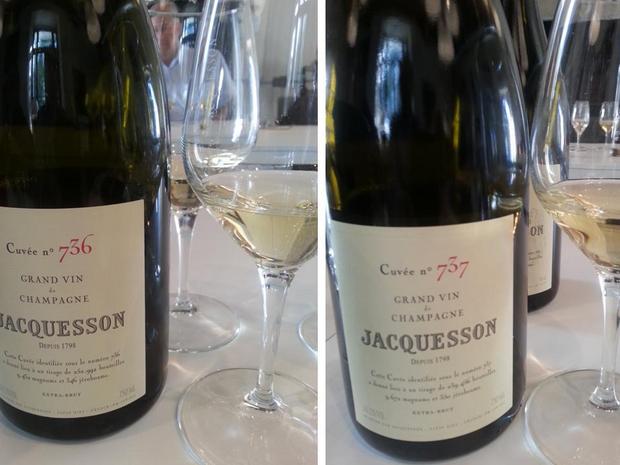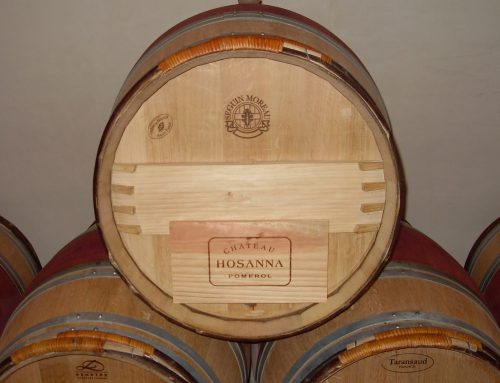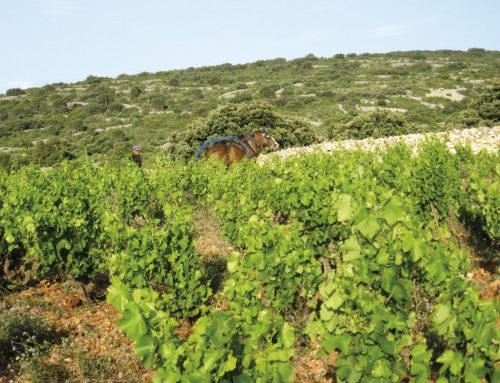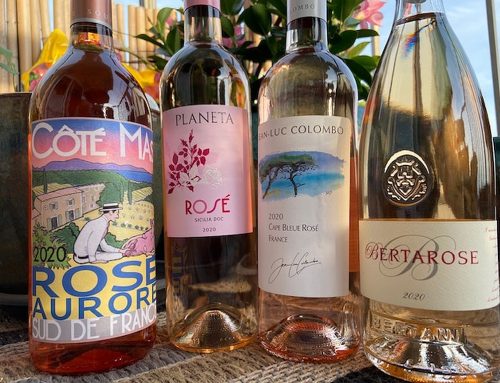A passion for excellence has driven Jacquesson Champagne since its earliest days.
In 1798, Memmie Jacquesson founded the Champagne company and a dozen years later, Napoleon I awarded it a gold medal. In 1863, Napoleon III bestowed on her son, Adolphe, the commendation Chevalier de Legion d’Honneur. After Adolphe’s death, the descendants sold the business, and in 1974, champagne producer Jean Chiquet bought Jacquesson.
Jean-Harvé Chiquet joined his father in 1978; his brother Laurent came on board in 1985. The following year, they took the reins of Jacquesson and began revising “everything but the name,” said Jean-Harvé during my September visit.
First to feel their passion were the vines. They instituted a new trellising system and removed more leaves, which increased air flow and sunlight, offsetting any grape rot from inclement weather. Grass was planted between the rows, creating a habitat for beneficial insects and enriching the soil. Combined with the elimination of herbicides and chemical fertilizers, Jacquesson’s vineyards qualify as organic. But they do not put that on the Champagne label, because, Jean-Harvé says, “our goal is not to make organic wine, it is to make the best wine.”
Jacquesson owns 67 acres of vineyards and buys grapes from another 24 acres, all rated Grand Cru or Premier Cru. The brothers decided all the grapes had to be within 15 miles of the winery to minimize the risk of grapes splitting when hauled to Jacquesson on tractor-pulled carts.
These decisions reduced Jacquesson’s production by 40 percent, but increased its quality.
Ninety percent of champagne is nonvintage. In order for consumers to feel confident about buying it year after year, Champagne houses blend wine from various years to create a consistent style.
In 2000, the Chiquets changed this procedure. Instead of mimicking the prior year’s nonvintage blend, they created one cuvee that blended the best grapes, aged it four years in oak barrels and gave it a number. Laurent saw that Jacquesson made 727 cuvees since 1898. In 2000, they made Jacquesson Cuvee 728. My tasting begins with Jacquesson Cuvee 735, the current Champagne in the market.
It is a blend of 47 percent chardonnay, 33 percent pinot noir and 20 percent pinot meunier. Jacquesson Cuvee 735 is based on the 2007 vintage; 28 percent reserve wine comes from the 2006 and 2005 vintages. Its unending stream of refined bubbles focuses your eye while your palate notices the pastry cream-like texture and flavor accented with ginger and lemon. The lingering finish and elegant body of the Jacquesson Cuvee 735 holds your attention.
Into my second glass, Jean-Harvé pours the Jacquesson Cuvee 736, a blend of 53 percent chardonnay, 29 percent pinot noir and 18 percent pinot meunier. It is based on the 2008 vintage; 34 percent is reserve wine from the 2007 and 2006 vintages. Minute pearl bubble push upward the subtle almond and vanilla scents of the oak barrels and chardonnay, and the full body delivers youthful fruit flavors that hint of apple and yellow raisins. Bright acidity and a sea salt-like finish sends the unmistakable message that the Jacquesson Cuvee 736 needs a few years in your cellar to realize its potential to be a great wine.
The Jacquesson Cuvee 737, based on the 2009 vintage, will appear in our market soon. You’ll observe that its blend of 43 percent chardonnay, 27 percent pinot noir and 30 percent pinot meunier has the aroma, flavor and mouth feel of a Grand Cru white Burgundy wine.
And when you sit back and reflect on the winemaking philosophy of the Chiquet brothers, you’ll realize that- in the right hands- passion is the fuel for excellence.
The Jacquesson Cuvee 735 and 736 retails for about $70.








Leave A Comment